Endocardial Ablation
Endocardial ablation is a medical procedure employed to treat certain heart rhythm disorders, specifically those arising from abnormal electrical pathways within the heart. Also known as catheter ablation, this minimally invasive technique involves the use of a catheter—a thin, flexible tube—that is threaded through blood vessels to reach the heart. Once in position, the catheter delivers controlled bursts of energy, often in the form of radiofrequency or cryotherapy, to selectively destroy or modify tissue responsible for erratic electrical signals. Endocardial ablation is commonly used to address conditions such as atrial fibrillation, atrial flutter, and supraventricular tachycardia. By disrupting the abnormal pathways causing irregular heartbeats, this procedure aims to restore a normal rhythm and alleviate symptoms like palpitations, fatigue, and shortness of breath. Endocardial ablation has proven to be an effective and increasingly utilized intervention, offering patients a potential solution for managing and improving their cardiac health. As with any medical procedure, individual cases may vary, and healthcare professionals will carefully evaluate each patient's specific condition to determine the most appropriate course of treatment

Shuping Zhong
University of Southern California, United States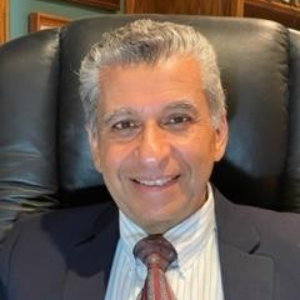
Ahdy Wadie Helmy
Indiana University School of Medicine, United States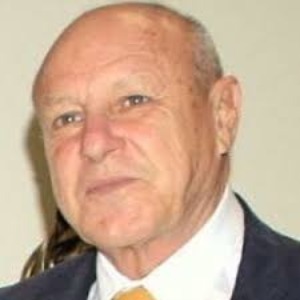
Federico Benetti
Benetti Foundation, Argentina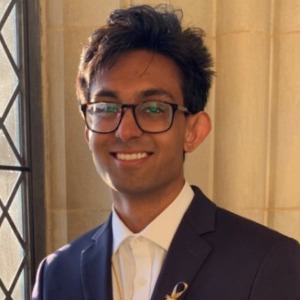
Ishan Abdullah
George Washington University School of Medicine and Health Sciences, United States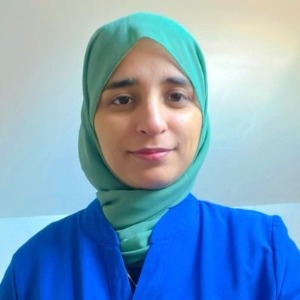
Sana Tariq
Manchester University NHS Foundation Trust, United Kingdom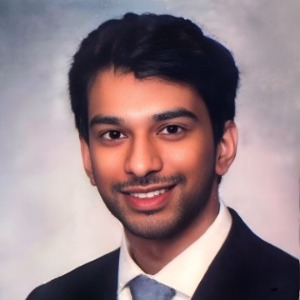
Achi Kamaraj
Royal Brisbane and Women’s Hospital, Austria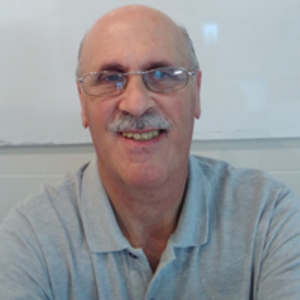
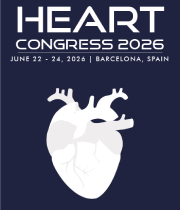


Title : Historical evolution from OPCAB to MIDCAB to mini OPCAB surgical technique and results
Federico Benetti, Benetti Foundation, Argentina
Title : Fats of Life, the skinny on statins and beyond !
Ahdy Wadie Helmy, Indiana University School of Medicine, United States
Title : Novel ways of cardiovascular risk assessment
Syed Raza, Awali Hospital, Bahrain
Title : Study of pathological cardiac hypertrophy regression
Shuping Zhong, University of Southern California, United States
Title : Personalized and Precision Medicine (PPM) and PPN-guided cardiology practice as a unique model via translational applications and upgraded business modeling to secure human healthcare, wellness and biosafety
Sergey Suchkov, N. D. Zelinskii Institute for Organic Chemistry of the Russian Academy of Sciences, Russian Federation
Title : Atypical takotsubo cardiomyopathy presenting as st-elevation myocardial infarction
Sana Tariq, Manchester University NHS Foundation Trust, United Kingdom